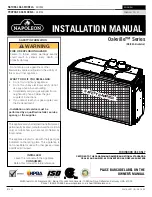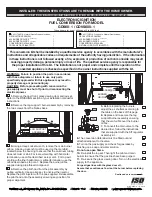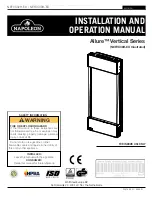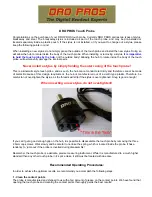
3 (4)
Uppgjord (även faktaansvarig om annan) -
Prepared (also subject responsible if other)
Nr -
No.
SES/KTR Mats Andersson
KTR97:2444
Dokansv/Godk -
Doc respons/Approved
Kontr -
Checked
Datum -
Date
Rev
File
KTR M. Andersson
1997-11-15
A
97-2444-LPC 102 213 F800 TEST HANDSET.doc
CH8 CH4 CH2 CH1
Selected channel
Channel 0*
Channel 1
Channel 2
Channel 3
Channel 4
Channel 5
Channel 6
Channel 7
Channel 8
Channel 9
Channel 10
Channel 11
Channel 12
Channel 13
Channel 14
Channel 15
LED On,
LED Off
When channel selector is set to 0, the LED:s indicate the transceiver’s
internal channel setting.
5
RECEIVER TESTING WITH LPC 102 213
1. Set the sliding switches for external signal sources.
2. Connect the Radio test set’s AF input to the test unit’s RX line out and set
up the radio test set for AF measurements (AF voltmeter). Select CCITT or
Psofometric filter.
3. Apply a RF signal from the radio test set to the antenna input of the F800.
Use antenna jack for simplex stations and stations with built-in duplex filter,
use the RX jack for duplex stations with external filters.
4. Set the RF generator’s frequency to the channel frequency and set the RF
level to -80 dBm. Modulate the RF signal with 1 kHz test tone and
3.0 kHz
deviation.
5. Measure line output and distortion with the radio test set.
6. Reduce the RF level until the SINAD meter shows 20 dB. Note the RF
level.
7. Reduce the RF level until the AF voltmeter indicates 0, the squelch circuit
mutes the AF output. Note the value.
Increase the RF level until the AF voltmeter shows -10 dBm, the squelch
circuit un-mutes the AF output. Note the value.
The squelch circuits hysterisis is the difference between the two values.
















































